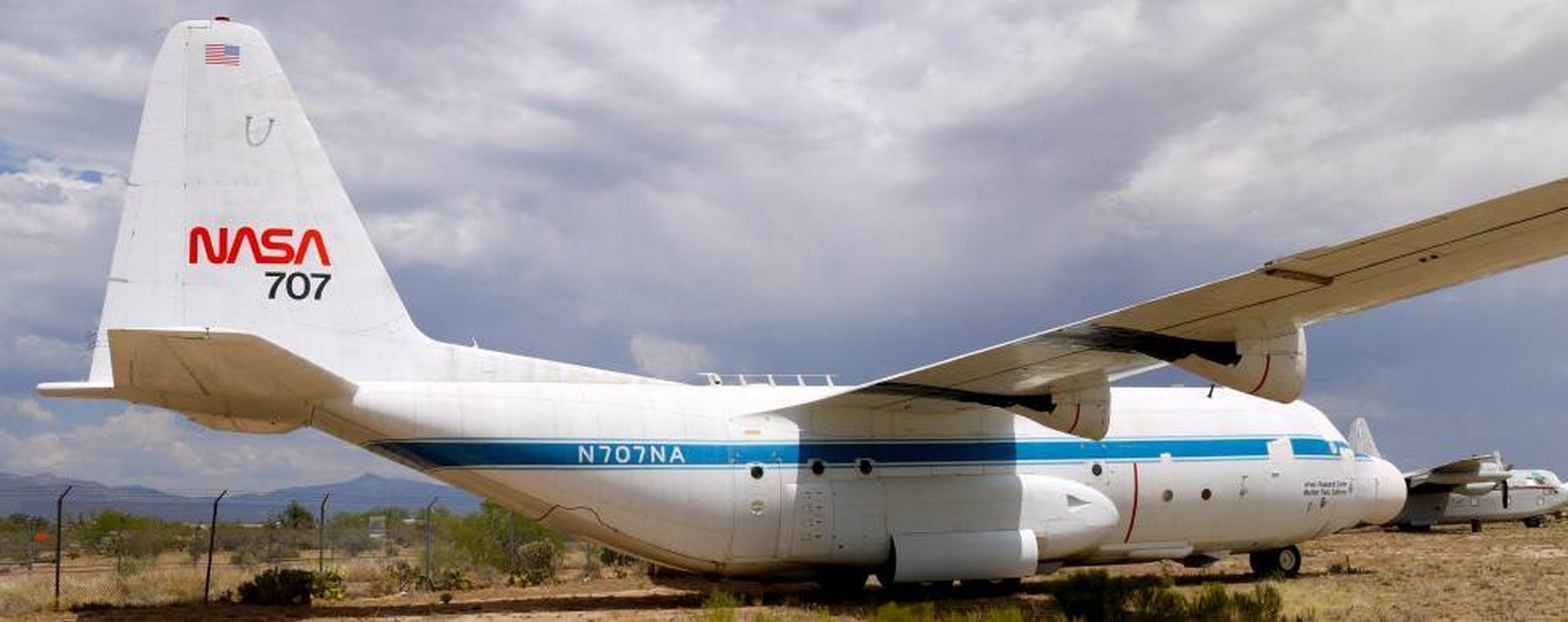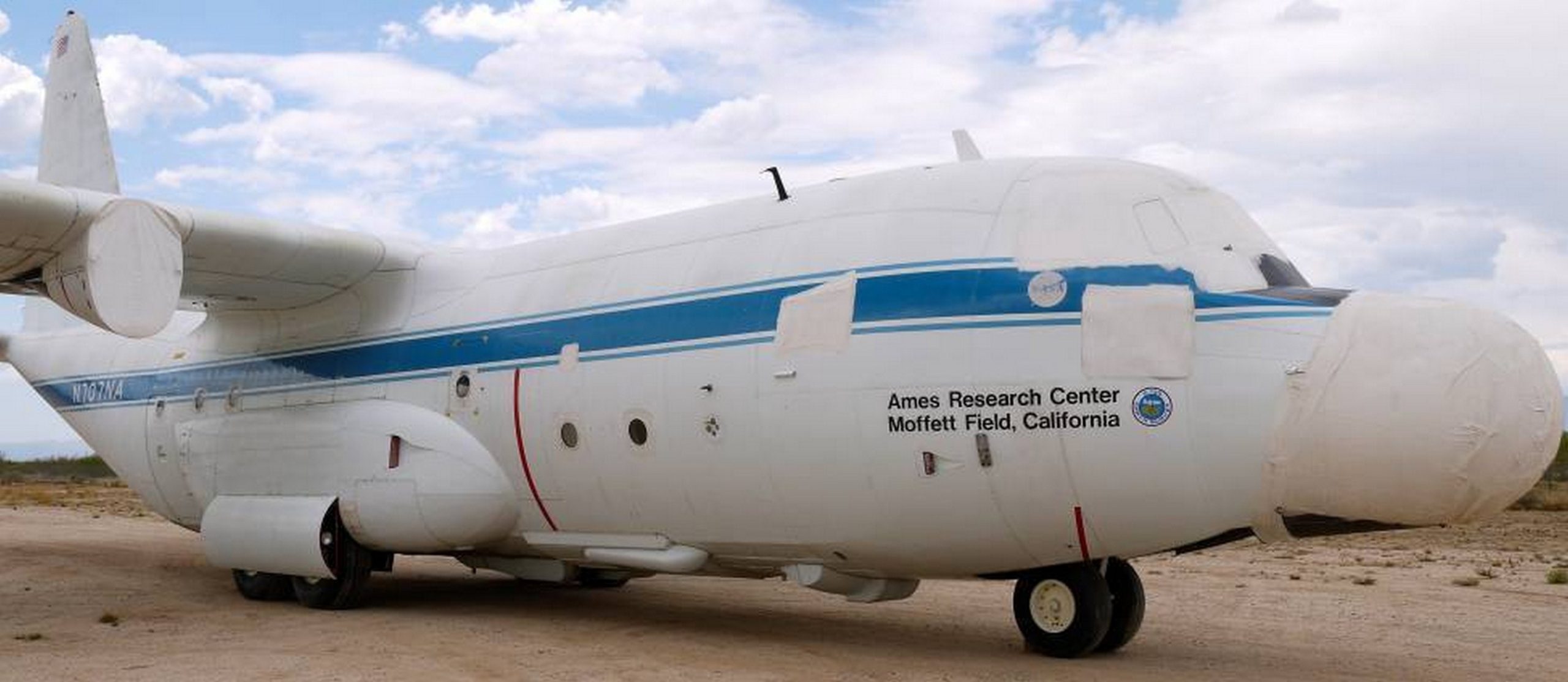Aspiring to own a decommissioned Space Shuttle? While undeniably cool, it’s also a logistical nightmare.
Luckily, there’s a more realistic (and obtainable) piece of aerospace history up for grabs: a Lockheed C-130H Hercules with a service record unlike any other.
This 64-year-old veteran, a predecessor to the Lockheed Martin C-130J model, never saw military action. Instead, it played a pivotal role in NASA’s Earth Survey program.
Forget hauling troops or cargo; this C-130 spent its decades traversing the globe, meticulously capturing vast swathes of imagery with a sophisticated arsenal of cameras and sensors.
Often referred to as a “dinosaur” due to its long service, this unique aircraft documented changes to Earth’s geology and plant life across a wide spectrum of wavelengths.

Unlike its military counterparts that have hauled cargo and paratroopers across continents, this NASA C-130 Hercules has a distinguished history supporting scientific endeavors.
Its pristine condition stands in stark contrast to the wear and tear typical of C-130s. This exceptional state is a result of gentler missions and a significant period of storage.
Despite reaching an age where many C-130s are retired, this one’s potential for flight remains high. Budget cuts in the mid-1990s unfortunately grounded the aircraft, leading to its long-term storage.
Now under the ownership of Lionheart International near Houston, Texas, this exceptionally well-preserved C-130 holds a unique place in aviation history.
It could potentially be the cleanest pre-Lockheed Martin model in existence, and its past scientific missions add another layer of intrigue.
This well-preserved relic with a fascinating past as a scientific workhorse could be primed for restoration and a potential return to the skies.

